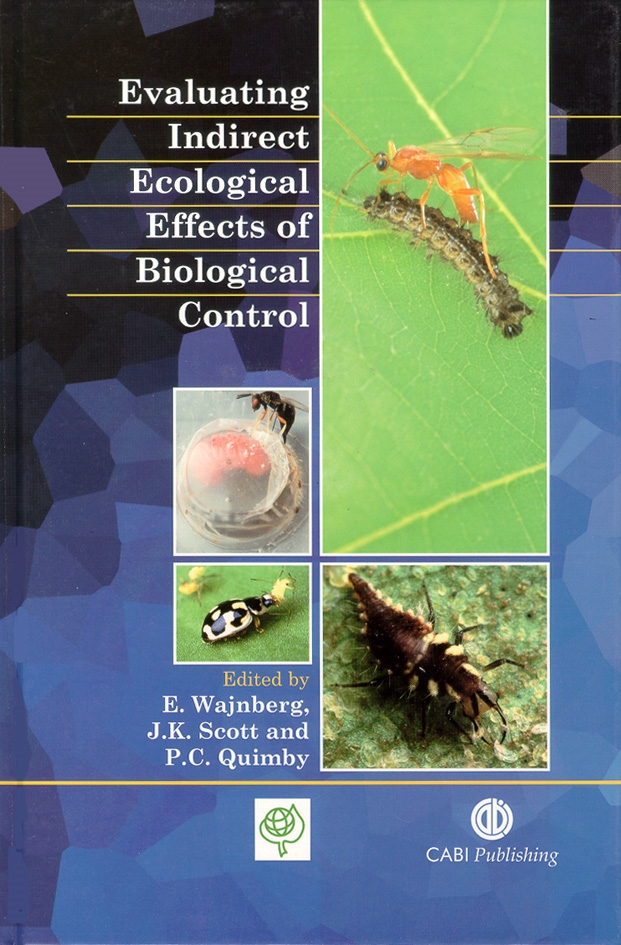Our Eco Bed Bug Exterminators Dc PDFs
Table of ContentsOur Eco Bed Bug Exterminators Dc Diaries7 Simple Techniques For Eco Bed Bug Exterminators DcThe 9-Second Trick For Eco Bed Bug Exterminators DcThe Ultimate Guide To Eco Bed Bug Exterminators DcSome Known Facts About Eco Bed Bug Exterminators Dc.
Because pesticides are hazardous, they are additionally potentially unsafe to people, animals, various other organisms, and the environment. Individuals who make use of pesticides or regularly come in call with them should comprehend the relative toxicity, possible health and wellness effects, and preventative procedures to minimize exposure to the items they utilize. Danger, or danger, of using pesticides is the capacity for injury, or the degree of risk entailed in making use of a chemical under an offered collection of conditions.
Applicators can minimize or nearly get rid of exposure-- and therefore reduce threat-- by adhering to the label guidelines, making use of individual safety clothing and tools (PPE), and dealing with the chemical properly. For instance, even more than 95 percent of all pesticide exposures originate from facial exposure, mainly to the hands and forearms. By using a pair of unlined, chemical-resistant handwear covers, this kind of exposure can be nearly gotten rid of.
The unsafe impacts that happen from a solitary direct exposure by any kind of route of entry are labelled "acute impacts." The 4 routes of exposure are dermal (skin), inhalation (lungs), oral (mouth), and the eyes. Severe poisoning is established by analyzing the dermal toxicity, inhalation toxicity, and oral toxicity of guinea pig.
Getting The Eco Bed Bug Exterminators Dc To Work
Acute poisoning is determined as the quantity or concentration of a toxicant-- the a.i.-- required to eliminate half of the animals in a test population. This measure is generally revealed as the LD50 (lethal dose 50) or the LC50 (dangerous concentration 50). Additionally, the LD50 and LC50 worths are based on a solitary dosage and are taped in milligrams of chemical per kg of body weight (mg/kg) of the guinea pig or partially per million (ppm).
The lower the LD50 or LC50 worth of a pesticide item, the better its poisoning to humans and animals. Pesticides with a high LD50 are the least hazardous to people if utilized according to the directions on the product tag. The chronic poisoning of a pesticide is established by subjecting guinea pig to lasting exposure to the active component.
The persistent poisoning of a pesticide is more hard than severe toxicity to determine through laboratory analysis. Products are classified on the basis of their relative intense toxicity (their LD50 or LC50 values). Pesticides that are categorized as highly harmful (Poisoning Category I) on the basis of either dental, facial, or breathing toxicity have to have the signal words threat and toxin published in red with a head and crossbones sign prominently showed on the front panel of the package label.
The intense (solitary dose) dental LD50 for chemical products in this team varies from a trace amount to 50 mg/kg. For example, direct exposure of a couple of drops of a product taken by mouth can be deadly to a 150-pound person. Some chemical products have just the signal word threat, which tells you nothing concerning the intense poisoning, simply that the item can create serious eye damages or extreme skin inflammation
The smart Trick of Eco Bed Bug Exterminators Dc That Nobody is Talking About
In this classification, the acute dental LD50 arrays from 50 to 500 mg/kg. A teaspoon to an ounce of this product might be deadly to a 150-pound person (bed bug heater rentals). Chemical items categorized as either a little harmful or fairly nontoxic (Poisoning Classifications III and IV) are required to have the signal word CAUTION on the chemical tag

Our Eco Bed Bug Exterminators Dc PDFs
All pesticide toxicity valuesPoisoning worths the Consisting look these up of, can be found on located product's Material Safety Product Safety and security (MSDS). Chemical labels and MSDS can be acquired from retailers or manufactures. In addition, many products additionally know that can be located on the Web. The signs and symptoms of pesticide poisoning can range from a moderate skin irritation to coma or perhaps fatality.
People additionally differ in their sensitivity to various degrees of these chemicals. Some people might show no reaction to a direct exposure that may cause severe illness in others (pest control Washington DC). Due to potential wellness issues, pesticide users and handlers need to acknowledge the usual symptoms and signs of chemical poisoning. The impacts, or signs, of chemical poisoning can be generally defined as either topical or systemic.
Eco Bed Bug Exterminators Dc - The Facts
Dermatitis, or inflammation of the skin, is approved as one of the most typically reported topical result connected with chemical direct exposure. Signs of dermatitis range from reddening of the skin to breakouts and/or sores. Some people have a tendency to cough, wheeze, or sneeze when subjected to chemical sprays. Some individuals react to the strong smell and annoying impacts of petroleum distillates utilized as providers in pesticide items.
This symptom generally subsides within a couple of minutes after a person is eliminated from the exposure to the toxic irritant. Nonetheless, a response to a chemical item that triggers a person not just to sneeze and cough but additionally to create extreme acute respiratory symptoms is most likely to be a true hypersensitivity or sensitive reaction.
Systemic results are rather different from topical results. They usually occur far from the initial factor of get in touch with as a result of the pesticide being absorbed into and dispersed throughout the body. Systemic impacts commonly include nausea or vomiting, vomiting, exhaustion, headache, and intestinal tract disorders. In innovative poisoning situations, the person may experience adjustments in heart price, problem breathing, convulsions, and coma, which might result in fatality.